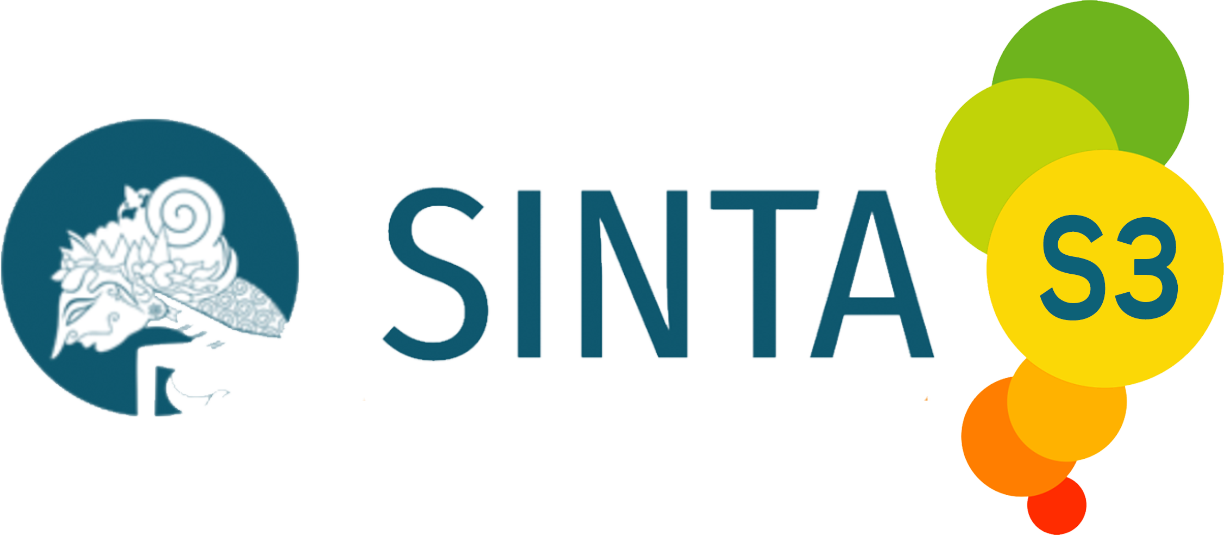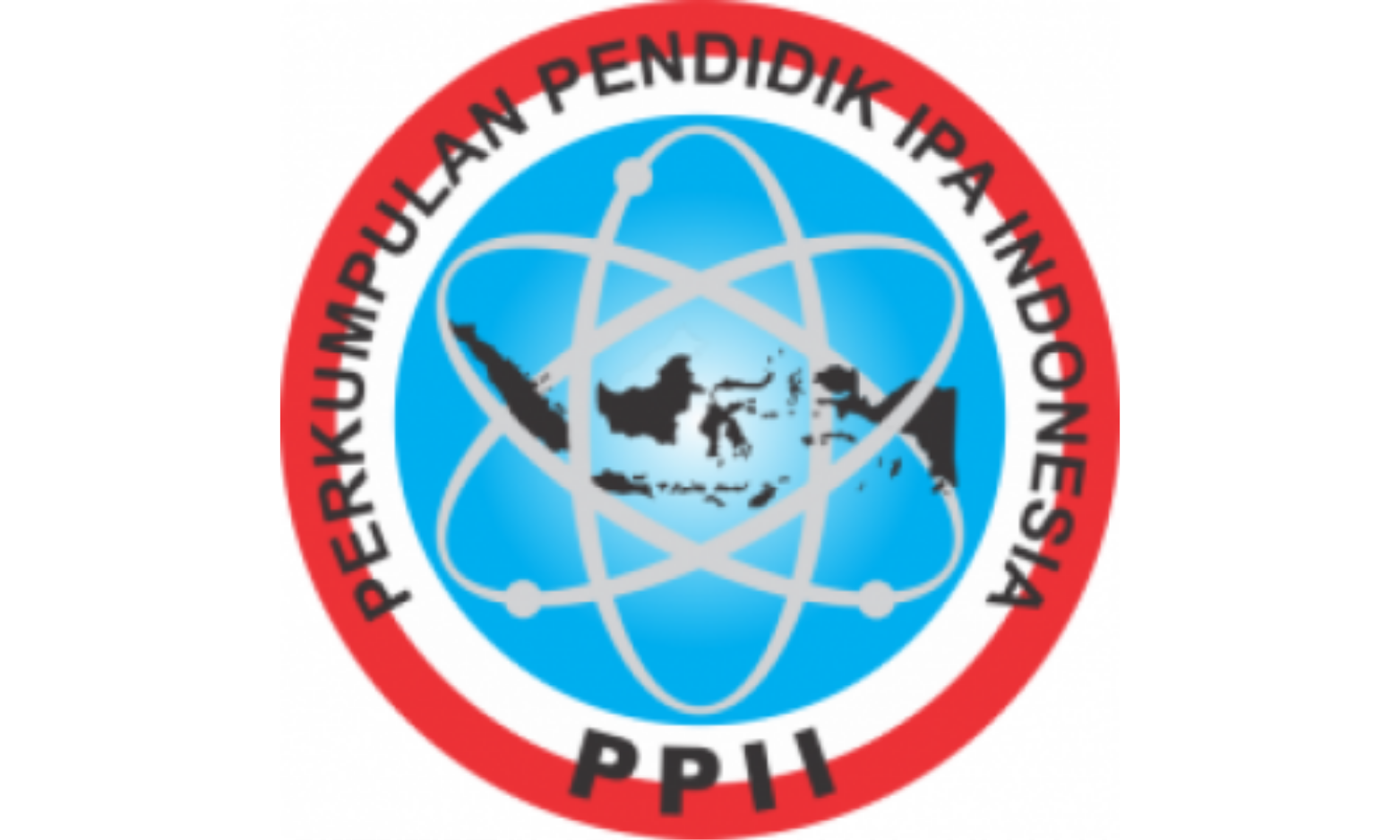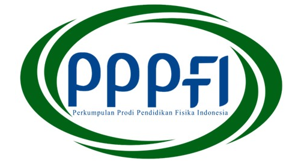ANALYSIS OF SCIENCE LITERACY ABILITY OF HIGH SCHOOL STUDENTS ON WORK AND ENERGY CONCEPT
DOI:
https://doi.org/10.15575/jotalp.v8i2.25233Keywords:
Scientific literacy, framework PISA 2015, work and energyAbstract
This study aims to determine the scientific literacy ability of class XI IPA students at SMAN 3 Kota Cilegon on the concept of work and energy. The method of the research used the descriptive quantitative method. The subjects of this study consisted of 145 students of class XI IPA. The research instrument used was a written test in the form of a description. Data analysis to find out the level of the students’ scientific literacy ability is done by giving them a raw score first on the whole questions. The raw scores acquired by the students are then changed into percentages. The results of this study found that the scientific literacy ability of class XI IPA students in the three domains of context, competencies, and knowledge was 51,76% with a very low category, then on the domain of attitudes got a percentage of 66,95% with a good attitude category. This study can help physics teachers measure the scientific literacy ability of students, so the information gained from this study can become an evaluation and an improvement in the study of physics at school.
References
Abdullah, M. (2016). Fisika Dasar 1. ITB Press
Alatas, F. & Nurlela, A. (2015). Termodinamika 1 (Cetakan Pertama). UIN Press.
Andriani, N., Akhsan, H., & Saparini. (2018). Kemampuan Literasi Sains Fisika Siswa SMP Kelas VII Di Sumatera Selatan Menggunakan Kerangka PISA ( Program for International Student Assesment ). Berkala Ilmiah Pendidikan Fisika, 6(3), 278–291.
Anelli, C. (2011). Scientific Literacy : What Is It , Are We Teaching It , and Does It Matter ? American Entomologist, 57(4).
Bueche, Frederick J; Hecht, E. (2006). Schaum’s Outlines Teori dan Soal-soal FISIKA UNIVERSITAS Edisi Kesepuluh (Edisi Kesepuluh). Penerbit Erlangga.
DeBoer, G. E. (2000). Scientific literacy: Another look at its historical and contemporary meanings and its relationship to science education reform. Journal of Research in Science Teaching, 37(6), 582–601.
Erniwati, Istijarah, Tahang, L., Hunaidah, Mongkito, V. H. R., & Fayanto, S. (2020). Deskripsi dan analysis dalam pengukurannya , yakni konten sains , proses sains dan konteks sains ( 6 ). Konten sains merujuk Deskripsi Kemampuan Literasi Sains Peserta Didik Kelas X di SMAN 1 Kendari Mengenai. Jurnal Kumparan Fisika, 3(2), 99–108.
Forum, W. E. (2015). New Vision for Education Unlocking the potential of the smart grid. In World Economic Forum (Vol. 1702).
Giancoli, D. C. (2014). FISIKA: Prinsip dan Aplikasi. Erlangga.
Imani, Hajar Adha; Sari, I. M. P. (2016). Profil Literasi Sains Siswa SMP di Kota Bandung Terkait Tema Pemanasan Global. Pros. Semhas Pendidikan IPA Pascasarjana UM.
Lie, S., & Kjærnsl, M. (2007). PISA and Scientific Literacy : similarities and differences between the Nordic countries. Scandinavian Journal of Educational Research, February 2015, 37–41.
Miller, J. D. (2002). Civic Scientific Literacy: A Necessity in the 21st Century. Journal of the Federation of American Scientists, 55(1), 1–12.
Nurhasanah, N., Jumadi, J., Herliandry, L. D., Zahra, M., & Suban, M. E. (2020). Perkembangan Penelitian Literasi Sains Dalam Pembelajaran Fisika Di Indonesia. Edusains, 12(1), 38–46.
OECD. (2017). PISA 2015 Assessment and Analytical Framework: Science, Reading, Mathematic, Financial Literacy and Collaborative Problem Solving, revised edition. In OECD Publishing, Paris.
Pusat Perbukuan (2023). Kamus Besar Bahasa Indonesia (KBBI) Daring.
Pratiwi, S. N., Cari, C., & Aminah, N. S. (2019). Pembelajaran IPA Abad 21 dengan Literasi Sains Siswa. Jurnal Materi Dan Pembelajaran Fisika (JMPF), 9(1), 34–42.
Pusat Penilaian Pendidikan Balitbang Kemendikbud. (2018). Pendidikan di Indonesia Belajar dari Hasil PISA 2018 (Issue 021).
Rawung, W. H., Katuuk, D. A., Rotty, V. N. J., & Lengkong, J. S. J. (2021). Kurikulum dan Tantangannya pada Abad 21. Jurnal Bahana Manajemen Pendidikan, 10(1), 29–34.
Rohman, S., Ani Rusilowati, & Sulhadi. (2017). Analisis Pembelajaran Fisika Kelas X SMA Negeri di Kota Cirebon Berdasarkan Literasi Sains. Physics Communication, 1(2), 12–18.
Siagian, P., Silitonga, M., & Djulia, E. (2017). Scientific Literacy Skills of Seventh Grade Junior High School ( SMP Negeri ) Students in North Labuhanbatu Regency. International Journal of Humanities Social Sciences and Education (IJHSSE), 4(11), 176–182.
Sukmadinata, N. S. (2012). Metode penelitian pendidikan (edisi kedelapan). PT. Remaja Rosdakarya Offset.
Sukowati, D., & Rusilowati, A. (2017). Analisis kemampuan literasi sains dan metakogntif peserta didik. Physics Communication, 1(1), 16–22.
Toharudin, U. & Hendrawati, S. (2011). Membangun Literasi Sains Peserta Didik (Cetakan Pe). Humaniora.
Turiman, P., Omar, J., Daud, A. M., & Osman, K. (2012). Fostering the 21st Century Skills through Scientific Literacy and Science Process Skills. Procedia - Social and Behavioral Sciences, 59, 110–116.
Wijaya, E. Y., Sudjimat, D. A., & Nyoto, A. (2016). Transformasi Pendidikan Abad 21 Sebagai Tuntutan Pengembangan Sumber Daya Manusia di Era Global. Prosiding Seminar Nasional Pendidikan Matematika 2016, 1, 263–278.
Yuliati, Y. (2017). Literasi Sains Dalam Pembelajaran IPA. Jurnal Cakrawala Pendas, 3(2), 21–28
Downloads
Published
Issue
Section
Citation Check
License
Journal of Teaching and Learning Physics is licensed under a Creative Commons Attribution-NonCommercial-NoDerivatives 4.0 International License








